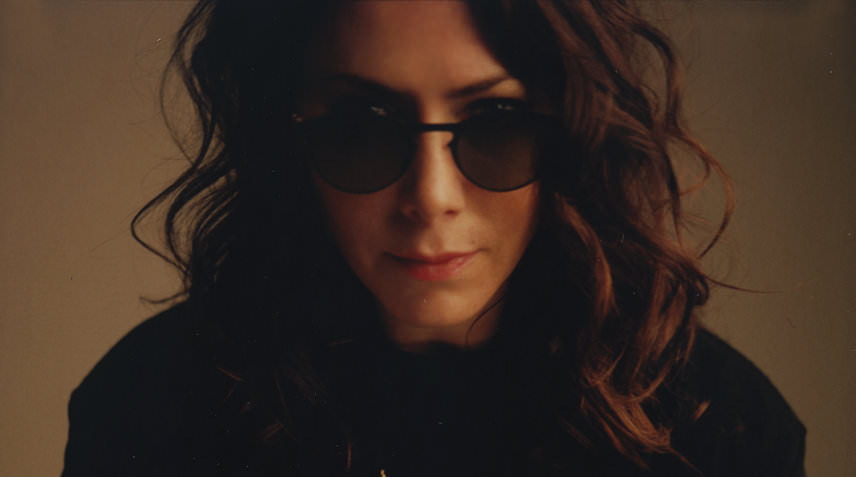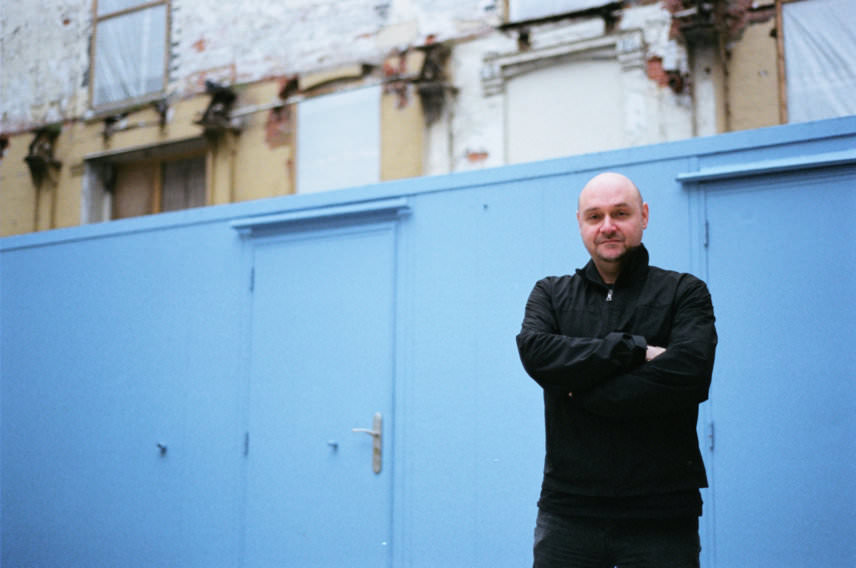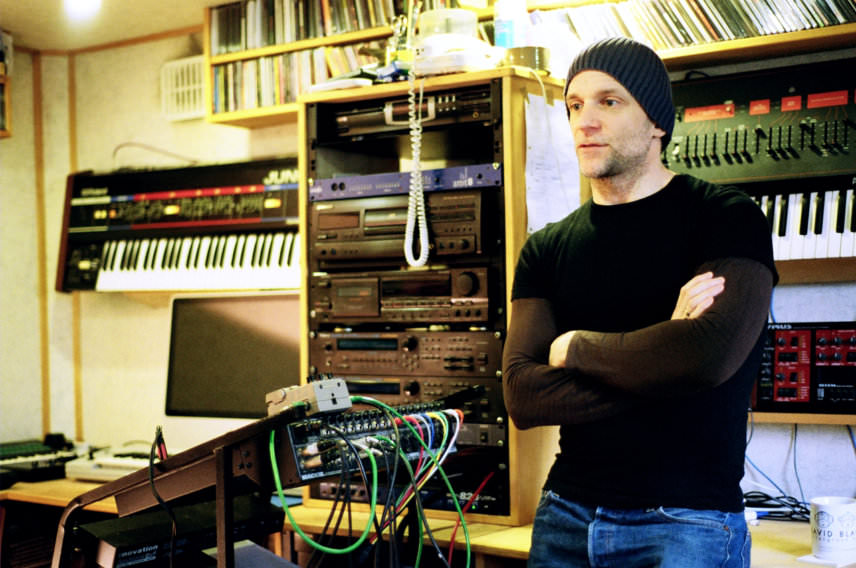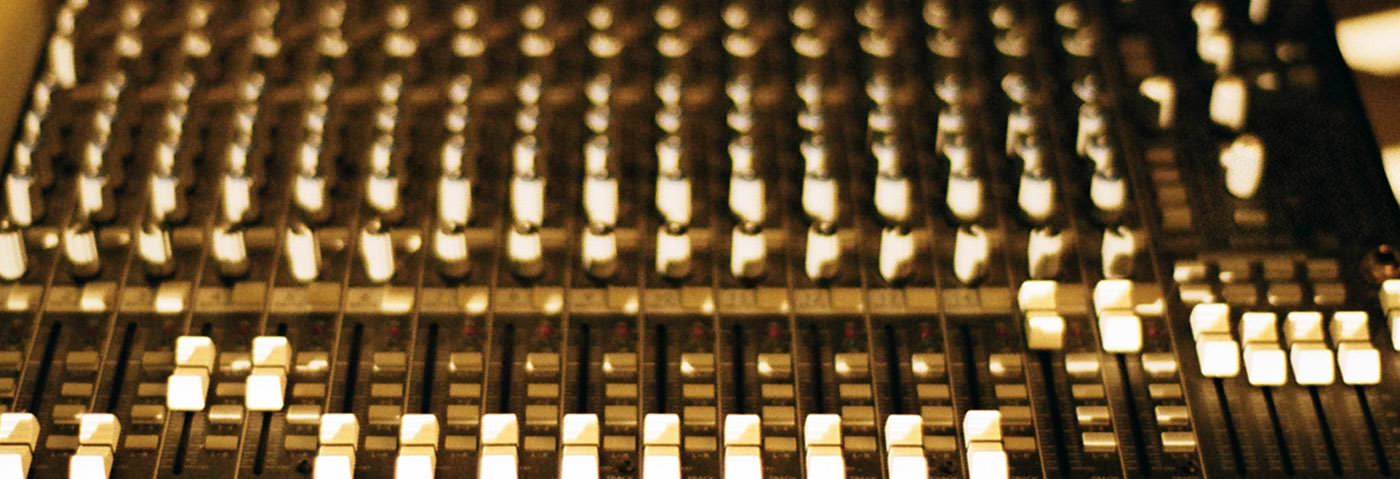Kristan Caryl talks to four top DJs about their favourite technology, from vinyl to CDJs.
There have never been more DJ tools than there are today. From the original vinyl decks up via ever-more-advanced CDJs, to complex software offerings, on-the-fly remix units and all manner of plugin toys, the world is your oyster when it comes to how you want to present your music.
Of course, all the technology in the world won’t hide poor taste, lack of sequencing skills or an inability to read and react to the crowd in front of you, but once you’ve mastered all those (perhaps with a little help from the experts?) you sure can gain an edge and stand out if you become well versed in your chosen formats.
Here we speak to a selection of DJs who use very different set ups and quizz them about how, when and why they do so.

CAMEA
CDJs are Camea’s thing. She likes to use plenty of the tricks they offer when serving up her sets of sleek minimal and abstract techno.
I started DJing in 1999 when the only option was vinyl. I still have my first turntables and use them today. I like trying new technology and am interested in different DJing techniques, so I moved to Serato when it first came out, then Traktor with vinyl and eventually moved to four internal decks on sync with MIDI controllers to use the looping and effect techniques. After a few years I found the sync not challenging and exciting anymore, so I moved to a combination of Pioneer CDJs and vinyl to get back to the organics of DJ mixing. After all of my years I have found this to be the funnest and most exciting way to mix. I use AIFF and WAV files because the sound quality is much better than MP3s, and in my rider I request three linked CDJs and one turntable.
It’s been about three years since I ditched the laptop. I could just feel a disconnect between myself and the audience because I was staring at a computer and not them.
It’s been about three years since I ditched the laptop. I could just feel a disconnect between myself and the audience because I was staring at a computer and not them. It was too easy to hide behind the screen and not pay attention to what’s going on around me. It also felt very mechanical and didn’t have the human element – it’s exciting if you hear a DJ lose a mix for a few seconds, it reminds you that they are there and puts anticipation into the performance. Now I am more present with my crowds and feel a huge satisfaction and rush when I am playing.
I use this setup because I love the feeling of beat matching and mixing, and the unpredictability of it. I love the rush you get when you are mixing tracks in and trying to keep everything together and give exciting mixes, and any minute things could slip off and you need to be totally focused and aware of what’s happening. I also love collecting vinyl-only music; it’s exciting to share music with people that isn’t in everyone else’s DJ sets.
To be honest I am super impressed with the technology of CDJs. Pioneer has done a great job giving both the feeling of vinyl and options of looping like the laptop. You can bring additional effects units if you want to go that direction. My only complaint is that clubs aren’t doing a great job of providing the latest versions of the CDJs, which can be limiting during performances. Sometimes I’m prepared to give a really technical set but am limited by the older versions of the Pioneers.
I use the loop function constantly, as well as the cue points which I set up before in the Rekordbox program, to make sure I can get to parts of the track that are the most danceable. I like to keep things moving and jacking with leftfield techno and house with an analogue feel, so I pick shorter tracks with not too many breaks. I can create my own build-ups and breaks this way and keep the floor dancing without long, sleepy tracks. It also keeps me focused and motivated, which helps me keep the energy up in the club.

KIRK DEGIORGIO
Techno innovator, jazz boffin and soul boy Kirk Degorgio has many musical tricks up his sleeve. Chief amongst them is his ability to serve up hugely compelling and powerful DJ sets using Ableton. Few do it better, and few started using the technology earlier.
I was always a vinyl DJ. Even when the early CDJs came on the market, I tried them but found them unreliable when reading some discs. Then around 2001 they improved and I experimented with a hybrid set – playing prepared loops on CDs and dropping vinyl records in and out. After a few months of trying this I got hold of an early copy of Ableton Live. My intention was to check it out for live performance of my music, not for DJing. Then literally within minutes of syncing up some audio I thought, ‘Hang on! I wonder if I can sync up finished tracks?’.
I first tried it out on the road during a Japan tour. It still felt odd and I also had some vinyl, so I was switching between the two for a while, but I noticed I could be a lot more creative with Ableton than two or three decks. So, I gradually became brave enough to leave the vinyl at home and just use Ableton. I emailed Ableton to inform them of what I was using it for – they said they weren’t aware of any other professional using it exclusively to play other tracks like a DJ set, but they were delighted.
I gradually became brave enough to leave the vinyl at home and just use Ableton. I emailed Ableton to inform them – they said they weren’t aware of any other professional using it to DJ.
In those early days of me using Ableton, CDJs had very few of the features you now find on the latest models and Traktor and Serato were also in their infancy. The sheer number of audio tracks to play with in Live, the range of effects, the ease of setting it up in a DJ booth and everything being in sync were the pros. Nowadays with CDJs offering multiple loop points, everything linked and synced over three or four units, mixers with multi-effects, Traktor with its stems technology – the gap has been closed.
The cons at the beginning were snobbery from vinyl purists, the early warping algorithms not always having positive effects on the audio quality and audio interfaces being low-powered and sounding weak compared to vinyl/CDJ output. The lack of controllers also led to a loss of the tactile element from physically handling vinyl and CDs, knobs and faders. Now, the gap has been closed. Even die-hard vinyl purists who believe DJing is above all about beat-matching have accepted digital as being valid. Ableton introduced the Pitch warping algorithm, which has no discernible impact on sound quality and is no different from using the pitch fader on a Technics 1200 or CDJ. Audio interfaces are now made with extra loud outputs to match levels on club mixers and most importantly there are a whole range of controllers out there, making DJing with Ableton as tactile and hands-on as any other format.
Due to its reliance on warping and sync, Ableton is best suited to music with a steady tempo. I still get asked to play the odd soul, disco and funk set, and I use CDJs for those. I recently did an in-store set for Lovevinyl in London and to prove not only my vinyl beat-matching credentials but also my vinyl knowledge, I turned up with precisely nothing and did a set by picking out stuff from their racks.
It shouldn’t be, but I do think the visual element is important. Again, controllers have been the key to this. I use my Akai APC40 like an instrument. I literally do not stop adjusting stuff on the fly and it is a large, tactile fader-and knob-based controller so I can slam it as hard as any DJ mixer. It helps with the energy levels too. When I’m rocking the party the crowd are not going to care about looking at a screen showing how I’m doing it. It’s pretty overwhelming musically. You cannot beat what I do for power with any other format – it is literally impossible.
Most DJs are lazy and are not going to be arsed to do all of that work – hours and hours of warping tracks, editing up and labelling loops, naming, organising, backing up. It’s not easy, let me assure you. After 15 years of using it to DJ, I’ve developed many little techniques and tricks that make it work for me in a way no other format could. I have seen others like Surgeon DJ with Ableton and no setup is the same. Mine is completely customised to incorporate all the little techniques I have learnt over the years. It’s like learning a whole different language – it takes years.
You need to hear my sets to truly understand. There are so many little intricacies I’ve learnt over the years that I incorporate, but they are mostly subtle and subliminal.
I usually set two or three loops for each track, including the main bulk of the track too. The most difficult but magical-when-it-works parts of my sets come when I build up a completely new track from loops of others. This is possible through a custom setup of low- and high-pass filters. I don’t go crazy with lots of effects. I use mainly delay and reverb. To be honest I think loads of effects sounds awful. A lot of the time with Ableton sets it’s all about restraint. With unlimited audio tracks, all synced up with loads of effects, it’s a recipe for disaster. I honestly believe it’s my years as a vinyl DJ that helped most in my controlling Ableton for use as a DJ medium.
You need to hear my sets to truly understand. There are so many little intricacies I’ve learnt over the years that I incorporate, but they are mostly subtle and subliminal. One of my secrets is that I never leave the tempo static for more than a few minutes. I’ve watched other digital DJs who leave the sync on a static BPM for the whole set – I notice that energy is lost on the dance floor when this happens. I mimic the way a beat-matched set will naturally introduce subtle tempo variations throughout a set – it creates movement rather than dancing to a metronomic beat.
I will admit it’s sometimes been hard to convince people of the credibility of using Ableton to DJ, but when it gets to the point – which it has – where some DJs who have heard me know the ridiculous power I can get out of my sets and refuse to play after me… well, I know something is working.

NEVILLE WATSON
UK house and techno stalwart Neville Watson is a hardcore vinylist. He’s not snotty about it, it’s just the format that works and always has worked for him. Releasing on the likes of The Nothing Special and Don’t Be Afraid, much of his discography also gets pressed to wax, so it’s no surprise he is so devoted to the black crack.
Back when I started, turntables and vinyl were all that was on offer for anyone wanting to DJ. That was good in a way, as you just got on with it. Since then my setup hasn’t changed at all: two decks and a mixer. At home I have an old Pioneer DJM500, in a club I’m not too fussy as long as the mixer works. I’m not a rotary fetishist, although I’ll happily play on one.
I tried Traktor once and hated it. For me, I just don’t want my whole life to revolve around a screen – phone, email, internet, plus production. I’m looking at a screen most of the day writing music, I don’t want to do that when I go out to play. I’m not knocking anyone who does, it’s just not for me. I am tempted by CDJs – they are really handy and what you can do with them is pretty cool – but I’ve just never got around to spending enough time learning them.
I tried Traktor once and hated it. I just don’t want my whole life to revolve around a screen. I’m looking at a screen most of the day writing music, I don’t want to do that when I go out to play.
A huge part of my choice of tools is that it’s what I’m used to and I don’t feel a burning need to change that for the sake of it. I like how vinyl feels, I like the connection to it. I love shopping for records – for me it’s a much more fulfilling experience than buying music digitally. It’s also much more straightforward for me. People have said how convenient having all your music on your laptop is, but the thought of organising all that gives me a headache. I just go to my shelves and pull out what I need. It’s definitely not a purist thing – that sounds a bit wanky if you ask me – it’s just what feels right for me.
The beauty of the Technics is that it does what it does, specific to its purpose, and no more. I love that. Ultimately it does come down to the music not the format. A lot has been said the last few years about the current trend for facing the DJ and having them on display. Back when this all started no one danced like that and didn’t even know where the DJ was, let alone care what equipment he had. Maybe there’s a bit too much obsession over gear.

ELLEN ALLIEN
Back in May, Berlin-based mainstay and Bpitch Control boss Ellen Allien released her latest album, Nost. It is one of her most streamlined techno works yet, but her approach in the DJ booth is much more broad. She uses vinyl, CDJs, and Richie Hawtin’s PlayDifferently mixer in order to maximise her potential.
I started playing with vinyl and Technics – mixers always changed back in the days. Now I use Technics, an Allen & Heath XONE 92 or PlayDifferently Model 1 and Pioneer CDJ2000 Nexuses.
For some years, I played WAVs from my hard drive, but recently I am also back with vinyl. Certain labels only press on vinyl and the way to mix them brought me back to vinyl. I also really like to use the PlayDifferently mixer after being invited to test it. The sound is much better. Rane mixers have a very warm sound but I prefer Allen & Heath or PlayDifferently, because I need to mix with faders.
It’s always about the setup and of course which records I can have in my bag. My hard drive is full of 100,000,000 cool tracks
I always aim to take as much music as I can, to be flexible. It’s about the location, feeling, sound system, mood of the night and my mood… It’s always about the setup and of course which records I can have in my bag. My hard drive is full of 100,000,000 cool tracks, and so a lot more possibilities which is important for me. I travel in different countries with different vibes, clubs, open air, raves, museums… The sound systems and lights are always changing. I try to fill the room with something special. I am not so much into effects but sometimes back spins are fun!
My style depends on the music. It is in between techno, acid, house and surprises from the electronic past. I love to surprise with good tunes other DJs are not playing. I bring back the good tracks mixed with the new ones. I do fast or long mixes – it’s all about the music and which style brings us all to the next level.
These days, clubs and festivals are taking more care about sound systems. And it’s so important, it is a big mistake not to do this, as the people talk about it and the reaction of the crowd is low. I feel the volume shouldn’t be mega loud. It’s important that the sound is warm and that people can still talk. Setup-wise, it would be great if more clubs could have the PlayDifferently mixer; also, the lights are very important – the worst is if the stage is dark and I can’t see the mixer anymore – but this it’s easy to change.
The most important thing in all this is the music. It doesn’t matter which format a DJ is using, or his or her technical skills. I just love to play vinyl when I can, even if my bag is heavy.
Enjoyed this article? Find out what the likes of Dave Clarke, Mr G, Mosca and Serge think it takes to be a great DJ here.
